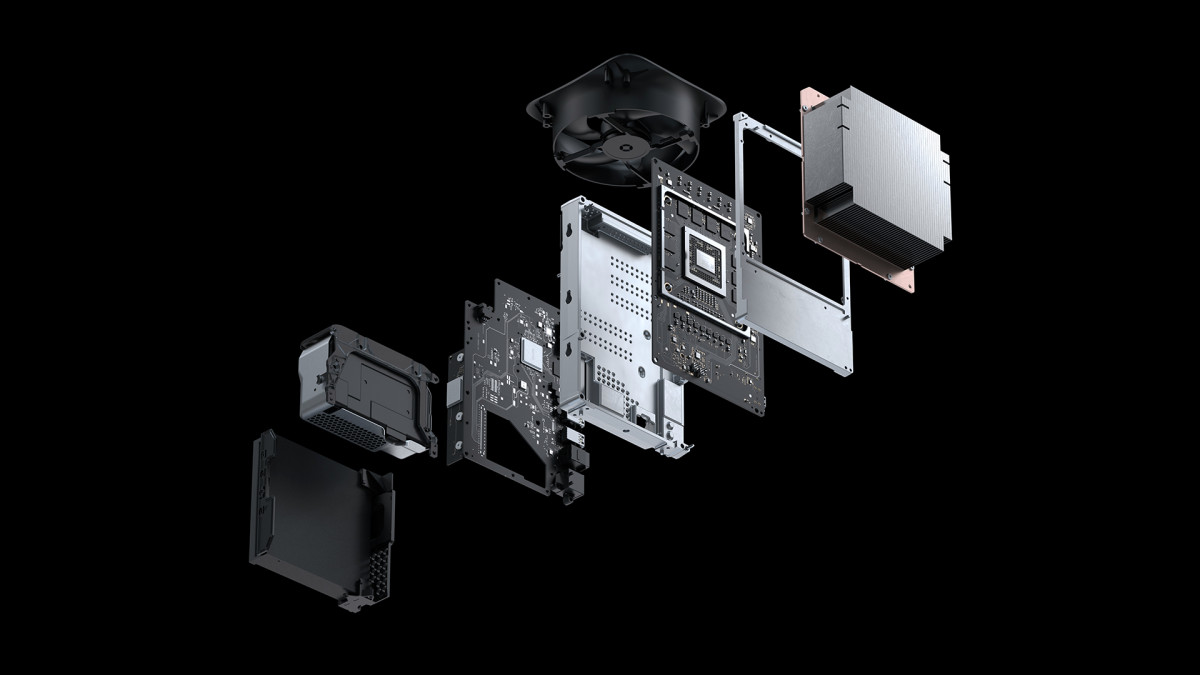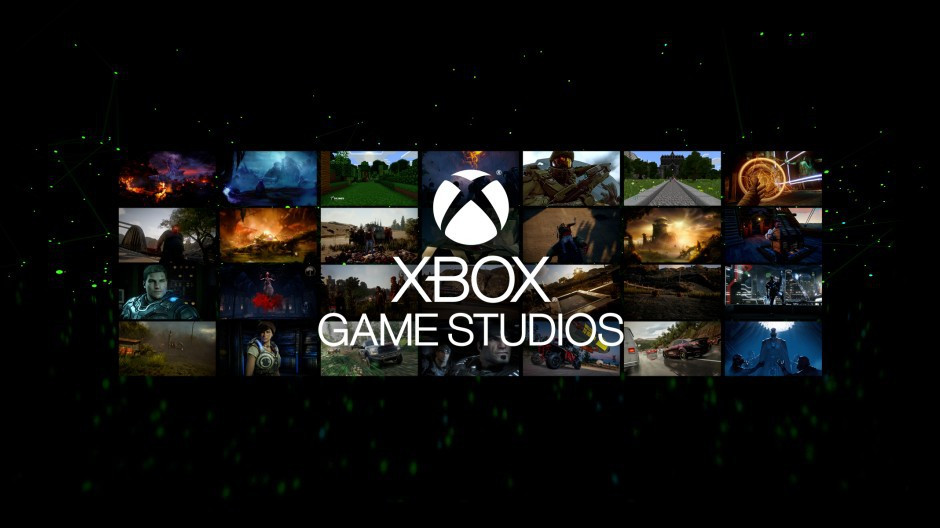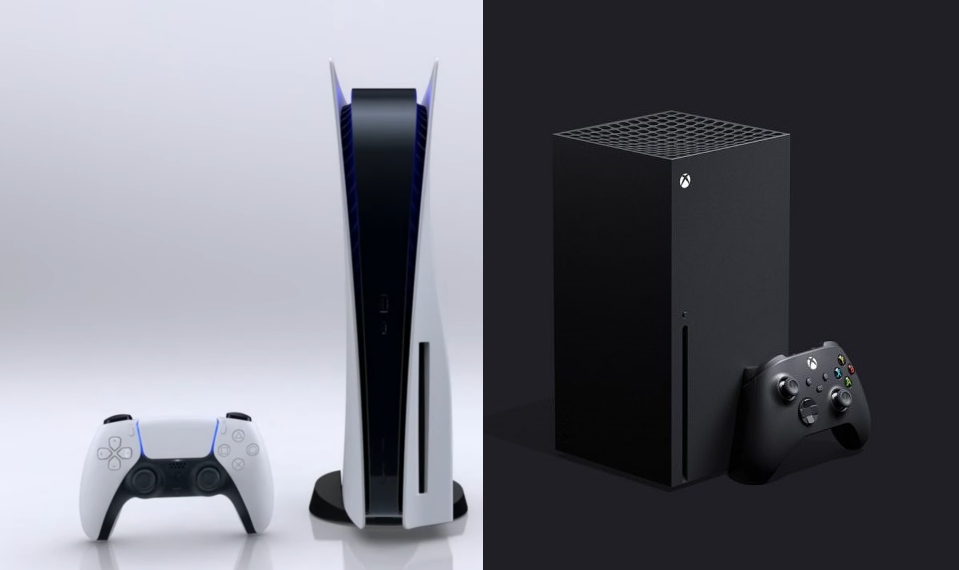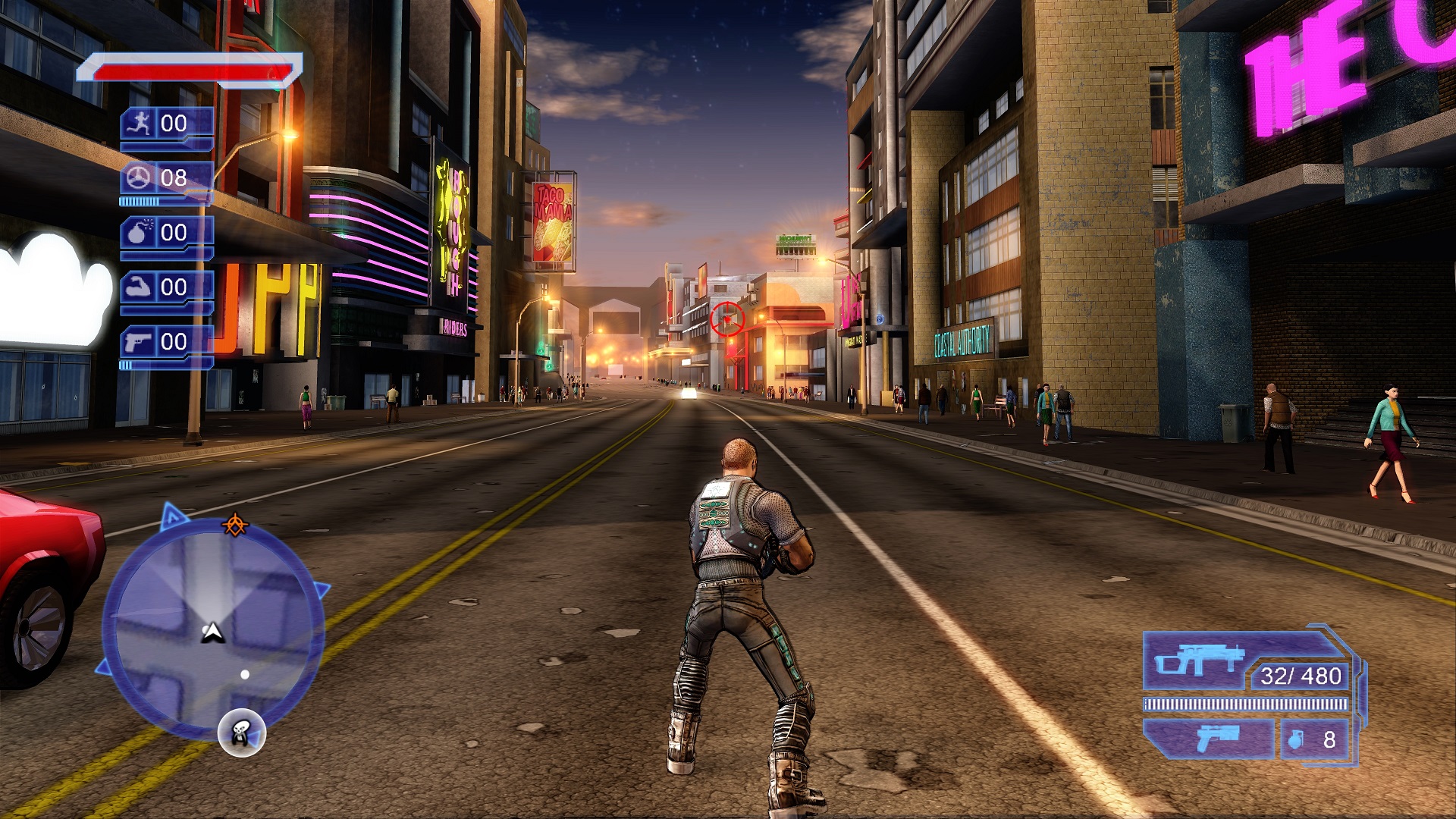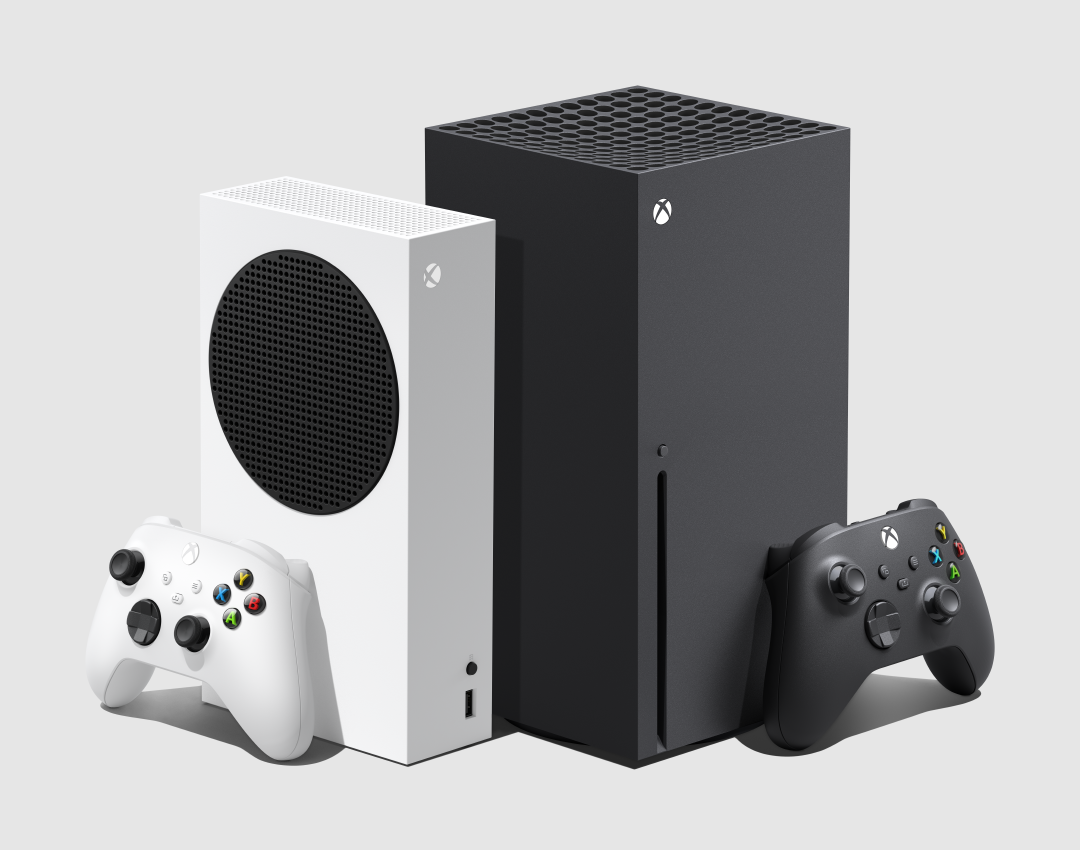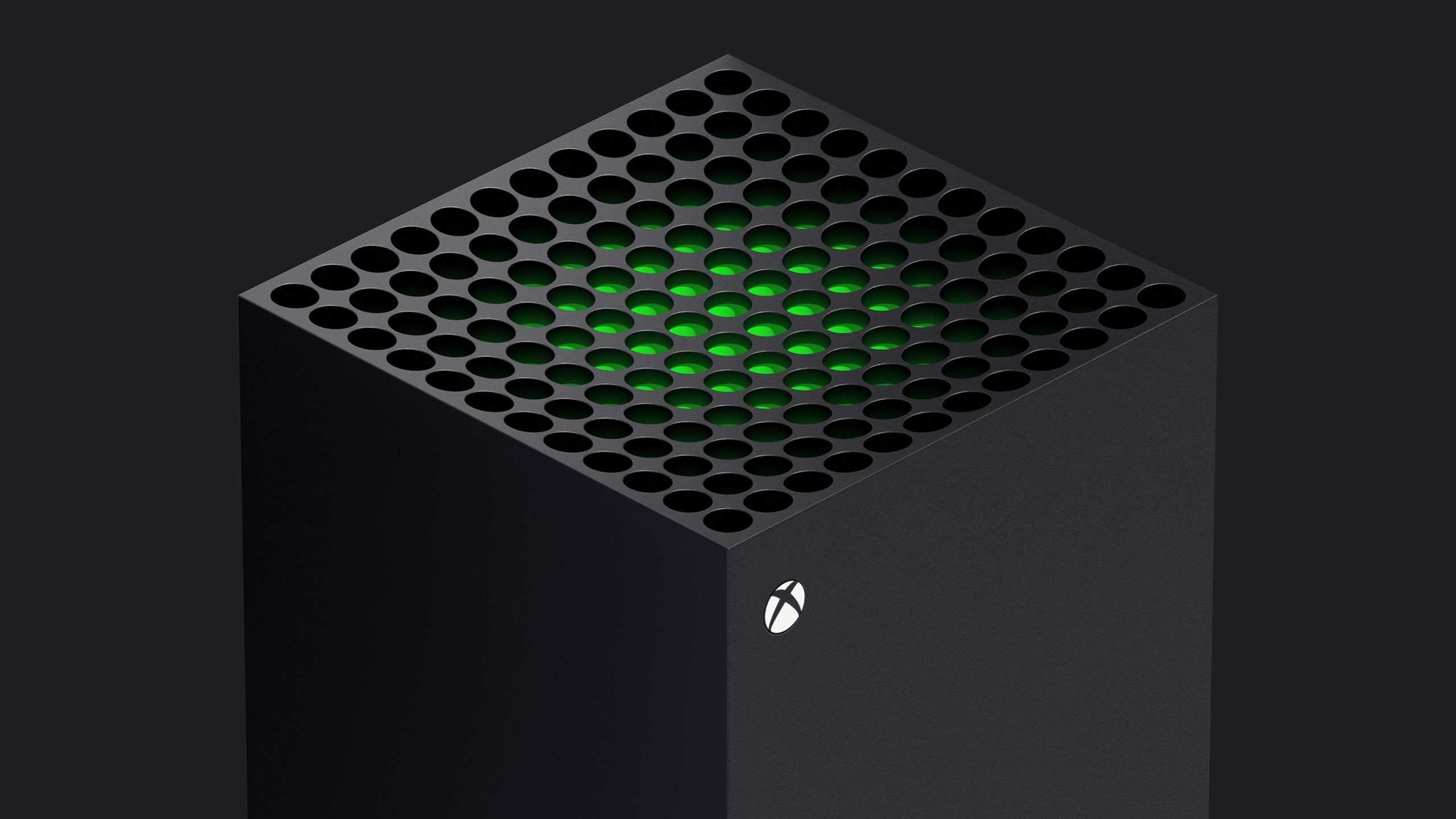
The start of a new console generation is one of the most exciting times to be a gamer. Console technology takes a massive leap forward, leading to experiences and graphical fidelity that weren’t possible on a console before. Plenty of new games appear, leveraging that new technology, while the very makeup of a console gets a rejigging so as to stand up to another 5-7 years of games. We spend months speculating and dreaming about just what the new generation will bring, until we finally have a box under (or next to) our televisions ready to take to us on a new journey. Sometimes these journeys are a revolution, fundamentally changing the experience and what we consider possible. Other times, they’re evolutionary, taking the principles of the past and refining them even further, but staying within the realms of the highly conceivable. The Xbox Series X is very much the latter, feeling like the culmination of the vision put forwards by Xbox alongside the Xbox One X, rather than a groundbreaking or earth shattering revolution.
The vision of Xbox in recent times has been all about inclusivity and opening the borders of gaming, and that rings true with the Xbox Series X. Upon first boot, the UI is instantly familiar, which makes sense given it’s literally the same UI as the most recently updated Xbox One UI. This is both disappointing and encouraging. With massive changes to a UI comes the risk of making mistakes and harming the user experience, which is never ideal. However, having no changes also feels a little boring and makes it seem like you haven’t really made the jump forwards. With that said, the UI works perfectly and is significantly more responsive than just about all the iterations the Xbox One received in its time. There’s no relearning where to go to find your games or to perform actions, instead everything is exactly where you remember it.
That theme of evolution continues to the new Xbox Wireless Controller. Unlike every generation before it, this feels like the least revolutionary a controller has been since the move from the DualShock 1 to the DualShock 2. The only additional button is a capture button, which is a welcome addition to those of us that love to capture screenshots. The ergonomics have been slightly shifted as well, with somewhat more angular grips allowing for more comfort for those with small hands like myself, while the texturing on the grips and triggers is a nice addition. The new d-pad is an interesting choice, but it worked without issue as I played games, with the gating being distinct enough to largely prevent accidental diagonal hits. Again, the lack of difference in the controller takes a little away from the magic of a new generation, but it’s balanced out by allowing people to bring their current Xbox One controllers forwards to the next generation, which is a welcome change.
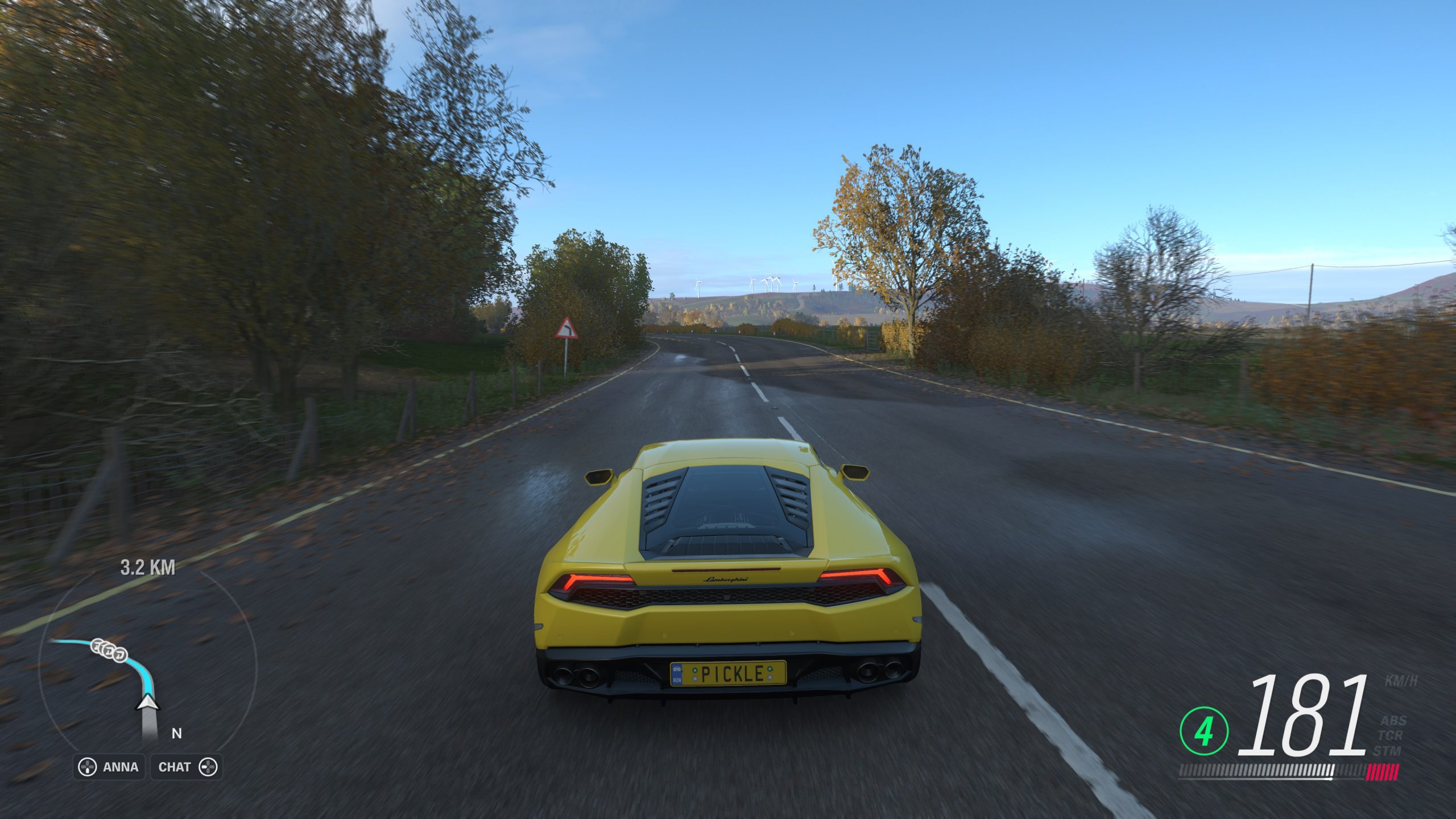
At the beginning of the PlayStation 4 and Xbox One generations, one of the biggest revolutions at the time was the advent of suspend/resume. Instead of having to close your games when you wanted to stop playing, you could simply open the home menu and leave your game state there for you to come back to. This feature has evolved with the Xbox Series X to become Quick Resume. Quick Resume is effectively suspend/resume, but on steroids. Instead of simply maintaining a single game state on the consoles RAM, it dumps the current instance of a game onto the console’s SSD, allowing you to have multiple resume points across multiple games. It’s an absolutely fantastic addition for someone like myself that frequently needs to swap between games that are and aren’t appropriate to play in front of my daughter at any given time. That is, it’s fantastic when it works. However, I did come across a very small number of backwards compatible games in my library where Quick Resume simply didn’t work during my review process. This included games like Saints Row for Xbox 360 and The Outer Worlds for Xbox One. The number was absolutely tiny in comparison to the games where it worked flawlessly, but I would still suggest giving it a quick test on games prior to relying on it. There is also no warning that a game will be pushed out of the limited Quick Resume cache on the SSD, so don’t go swapping games endlessly while expecting the state to be there. Xbox have been clear at all times that the cache is limited to roughly four Xbox Series X games being held at any one point, but there’s no way to tell how many games are currently stored there or how close you are to hitting that invisible limit.
As the most powerful console ever created, it stands to reason that the Xbox Series X has some fantastic graphical features to show off. Ray tracing and variable rate shading combine to create some absolutely fantastic looking games, but unfortunately at the time of this review, we simply haven’t had access to enough games that truly show off what the console can do. There are still some fantastic looking games such as Gears 5, while Yakuza: Like a Dragon is an incredibly fun but not the most visually demanding game, but there simply isn’t enough available right now that truly feels like a next generation leap. This is partially down to the Xbox One X being home to some amazing looking games, but also due to the simple fact that Xbox themselves simply don’t have the games ready for launch. It means that we simply haven’t been able to get full impressions on just how good games can look on the platform, which is a disappointment in and of itself.

What is definitely measurable and experience-able at launch is 120fps gaming. As long as you’re one of the few people that happens to have a compatible screen, be it a television or monitor. Being a longtime PC gamer with a 144Hz monitor, high frame rate gaming has long been one of my favourite ways to play. Moving that experience over to console, where you don’t need to tweak all of the settings yourself is honestly my favourite part of the Xbox Series X. While games can take a noticeable visual hit to make 120fps work, it feels so incredibly smooth in practice that’s its addictive. It’s just unfortunate that television tech that supports it simply isn’t affordable for most people yet.
Similarly, load times are a massive improvement on the Xbox Series X, thanks to its SSD and Velocity Architecture. Load times in games like The Touryst were nearly non-existant, while chapters in Gears 5 took a tad under 10 seconds – a vast improvement on the Xbox One version of the game. There were similar gains in backwards compatible titles, where load times were utterly slashed, a godsend given you still need to sit through the same splash screen loading seen in backwards compatible Xbox and Xbox 360 games as of now on Xbox One.
On the topic of backwards compatibility, it’s great to see just how well it works on Xbox Series X. Which is to say, it simply works every time. There’s no worrying about what games work ‘with issues’, everything that worked on Xbox One (other than Kinect games) works on Xbox Series X. Frame rates are smoother or boosted beyond what they could do before, dynamic resolutions drop less often and load times are slashed. Add on Auto HDR bringing depth of colour not previously possible for games like Crackdown and Mass Effect and the Xbox Series X is the definitive place to play your backwards compatible Xbox games.
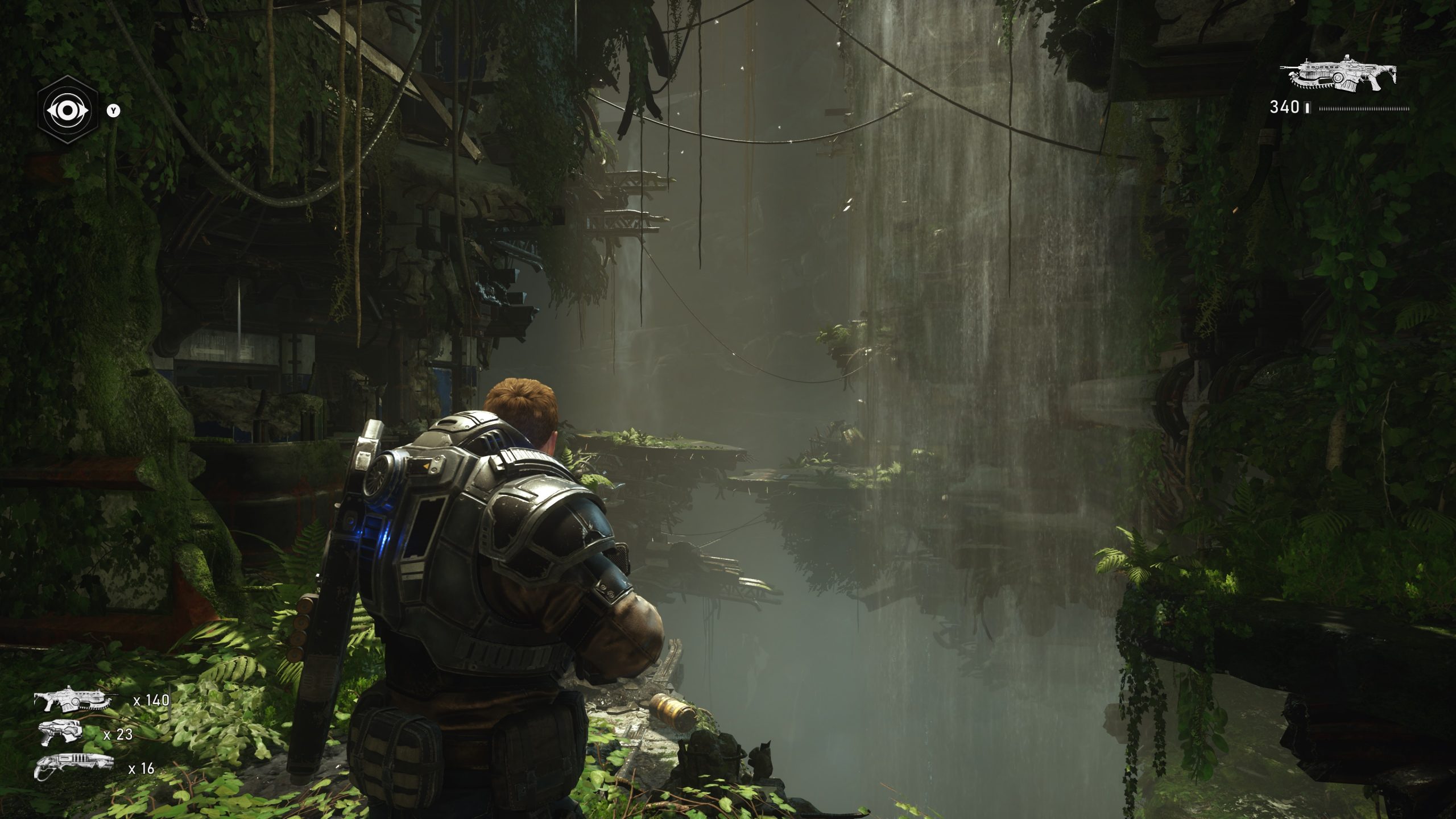
Finally, let’s talk about the physical console itself. The last generation was known for consoles that had stupidly noisy fans and disc drives that were incredibly annoying whenever they kicked in. That is absolutely a thing of the past with the Xbox Series X, which was absolutely whisper quiet through every second it was in use. The loudest it ever got was the slightest of fan noise that was barely perceptible in a silent room. Gone are the days of needing to turn up your speakers to drown out your console. On heat dissipation, the air coming out of the console’s sole exhaust point has been warm to the touch, but hasn’t really gone beyond that. There’s certainly not going to be any burns caused by it. On its design and size, I’ve come to really love its monolithic design. It’s clearly been built to stand vertically, where it’s design is a striking tiny tower, as opposed to horizontally where it just looks like an indistinct rectangle.
At the end of the day, the Xbox Series X feels like the culmination of the vision Xbox and Phil Spencer set out to attain with the release of the Xbox One X. Everything works and to a high degree of quality, even if it’s not necessarily the most exciting avenue to have taken. Quick Resume and 120fps are the real game changers here, but the latter will unfortunately be unattainable for many and of course will only be supported sporadically by games. Still, if you’re already invested in the Xbox ecosystem, the Xbox Series X is absolutely worthwhile as the next step in your journey, although I’d maybe wait until there’s a few more games that truly show its wares before jumping in.
The Xbox Series X used for this review was provided by Xbox, with the console releasing on November 10th. For more information, check the official website.
- Feels like the culmination of the vision behind the Xbox One X - 120fps gaming is incredible to play on a console - Quick Resume is a game changer - Whisper quiet at all times
- Feels like the culmination of the vision behind the Xbox One X - Not much feels different or revolutionary - There simply aren't enough new first party games at launch

